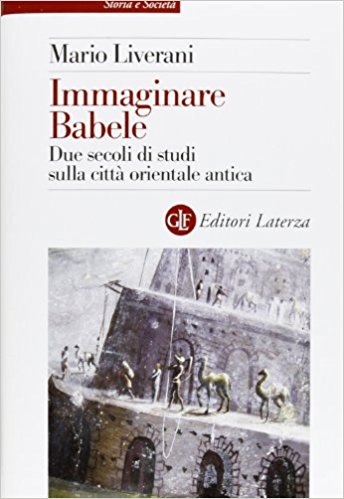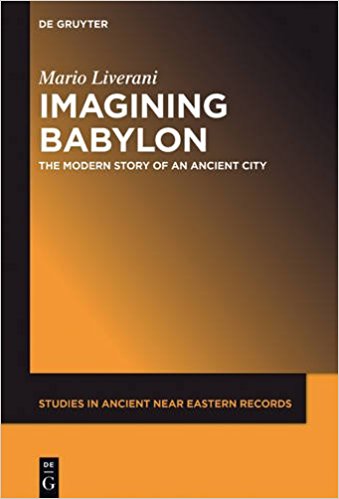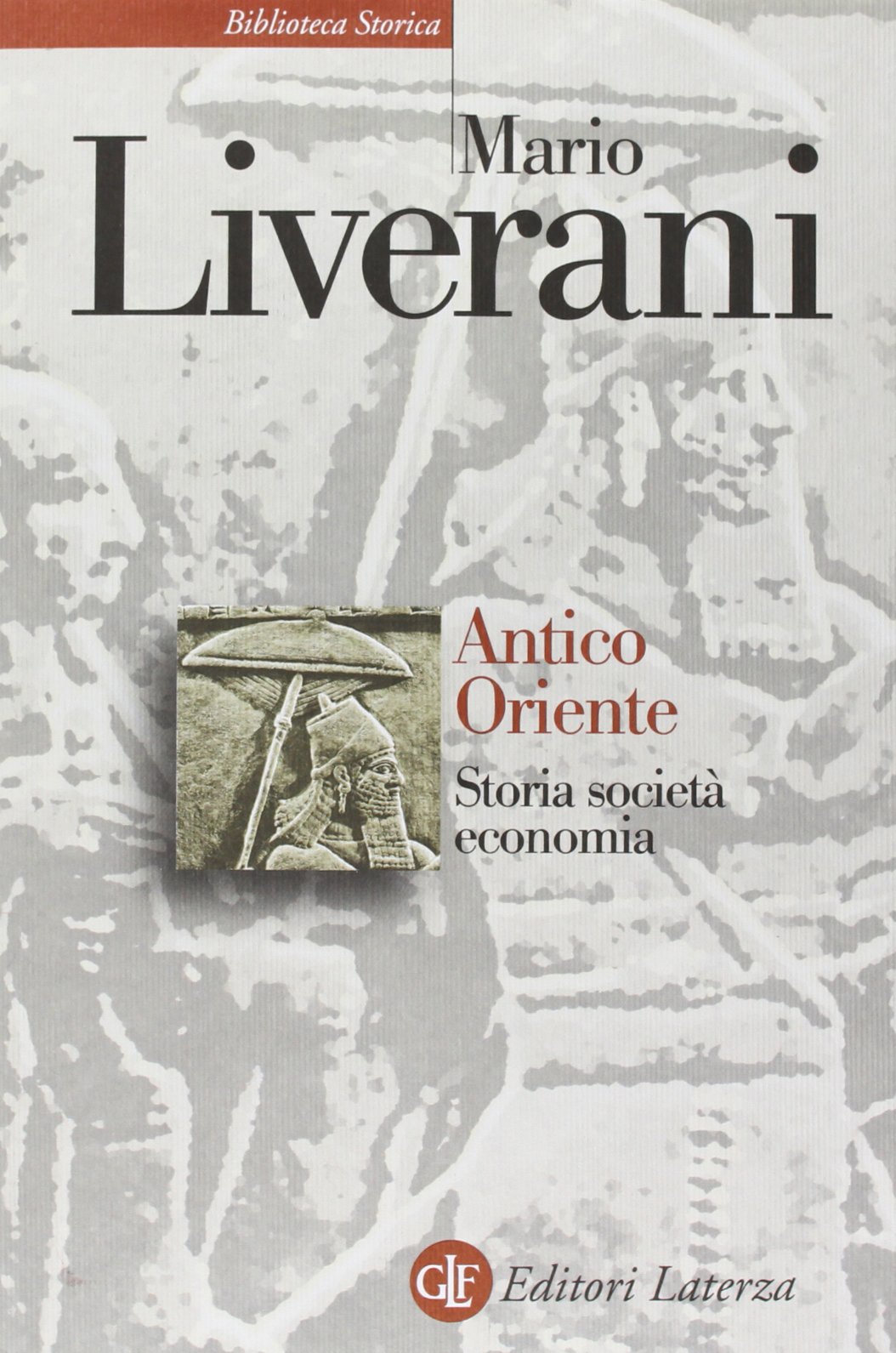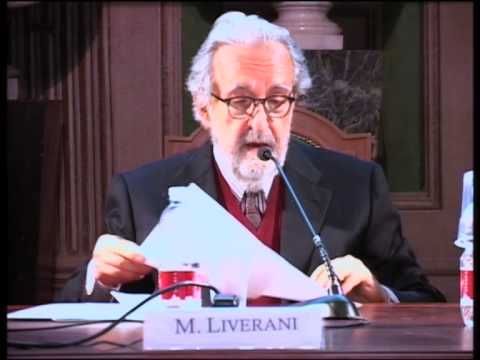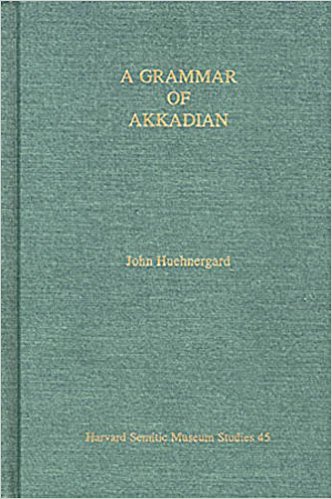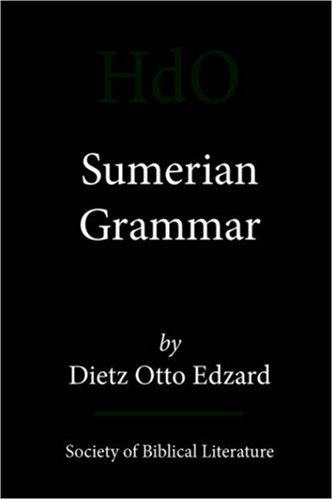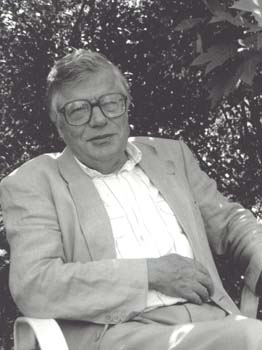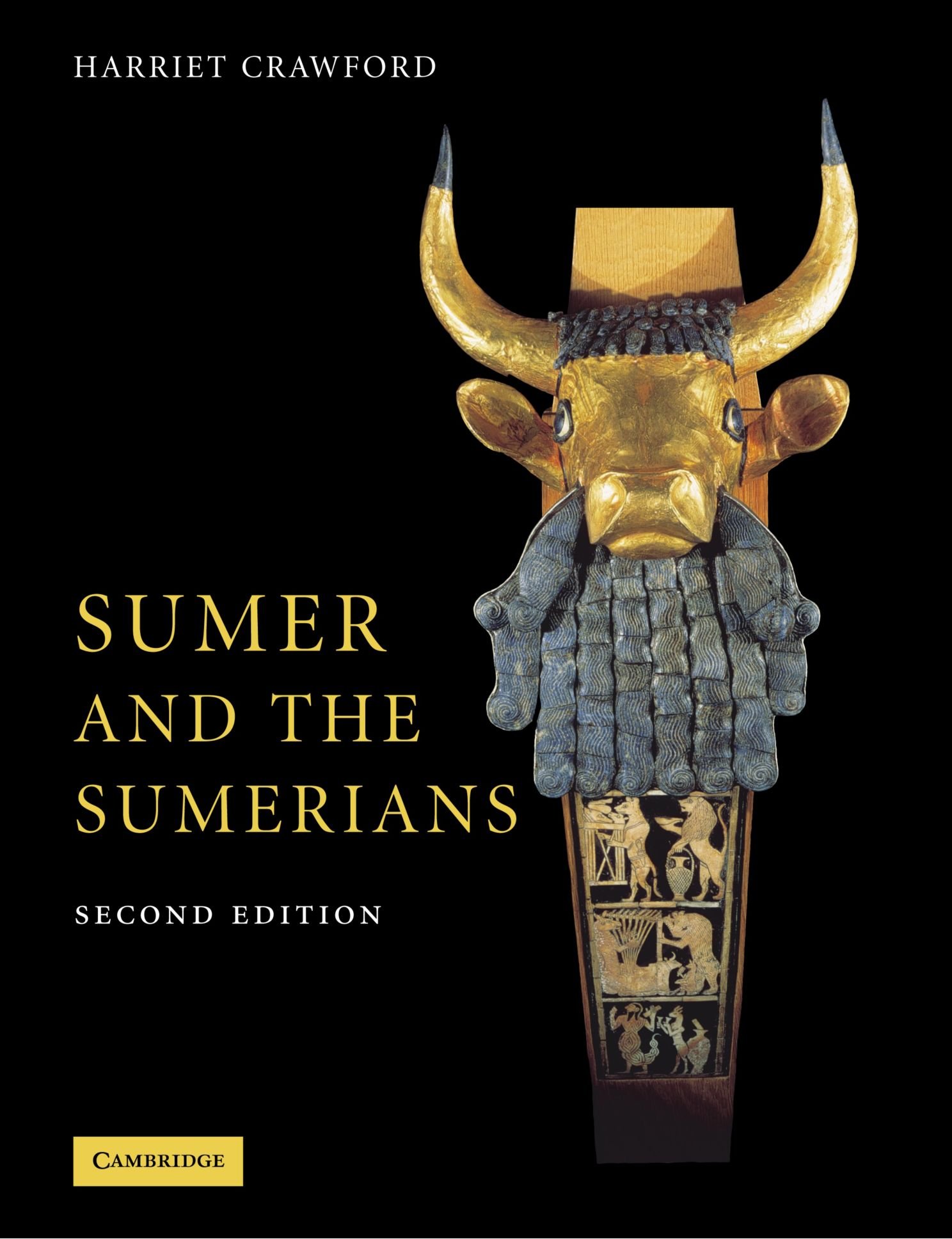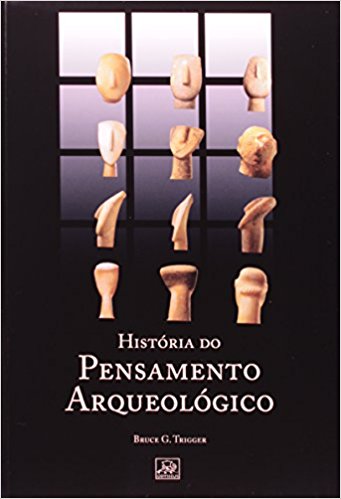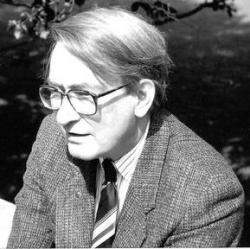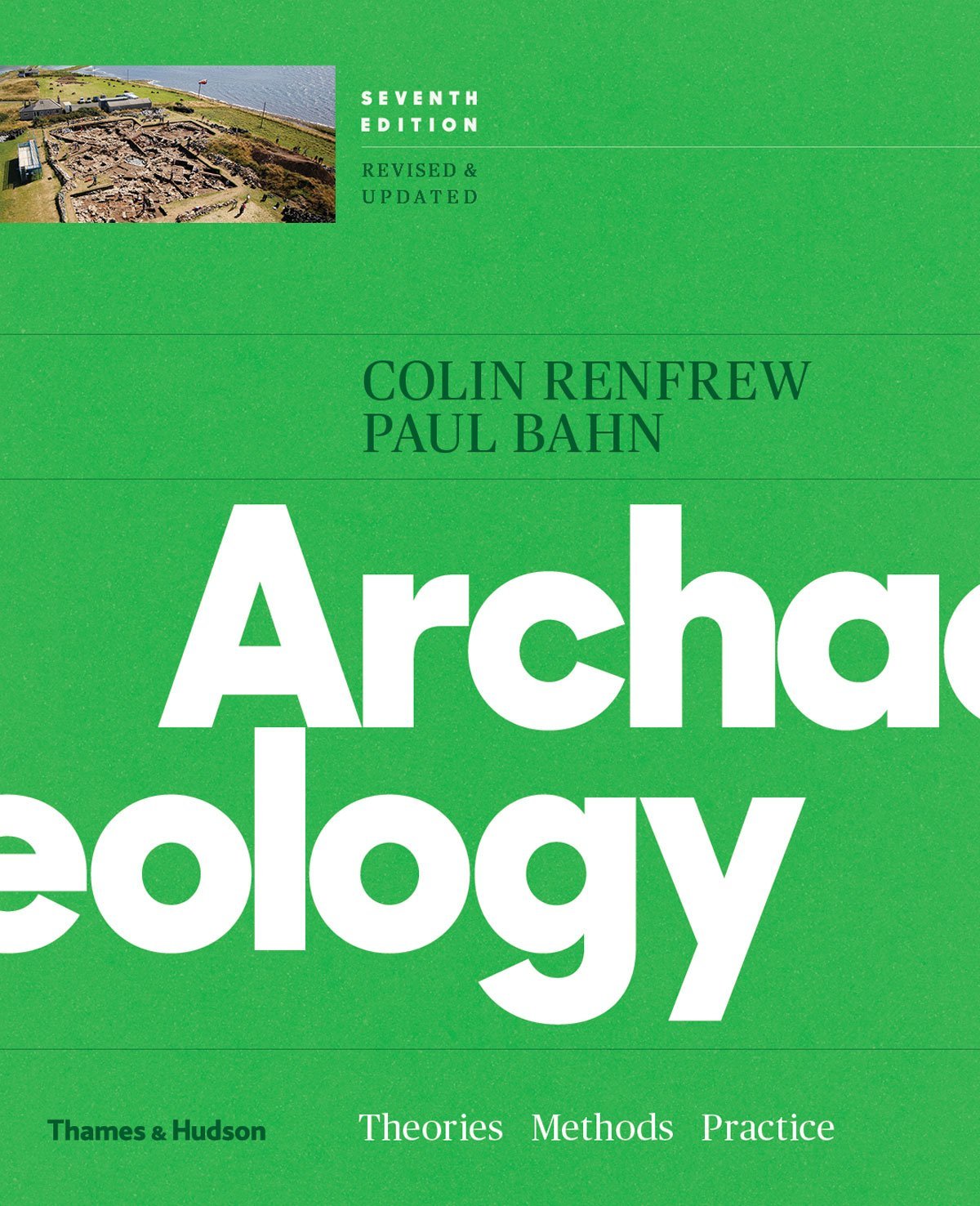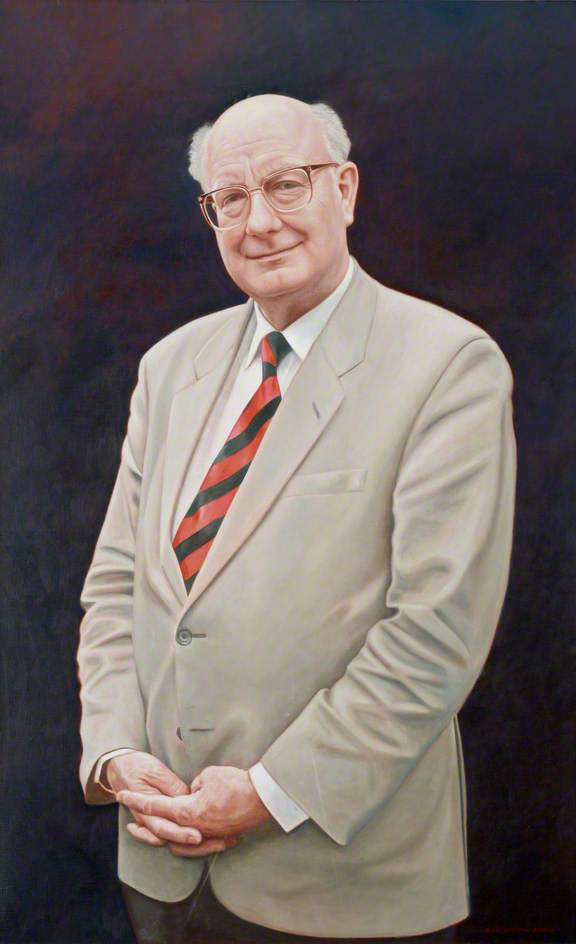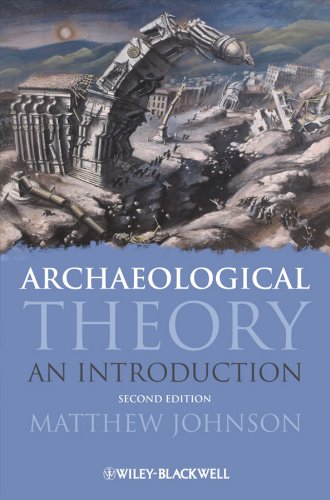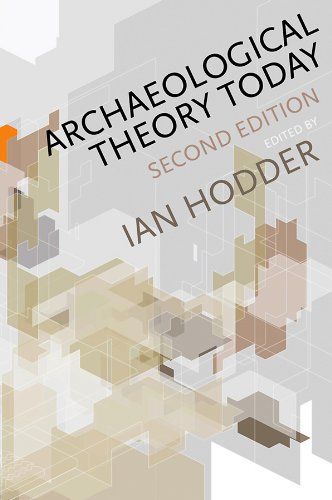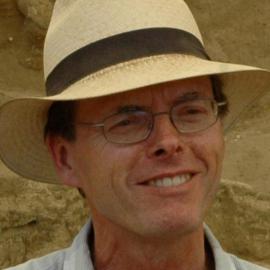TRIGGER, B. G. A History of Archaeological Thought. 2. ed. Cambridge: Cambridge University Press, 2006, 710 p. – ISBN 9780521600491.
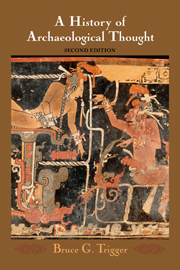
This work traces the history and context of archaeological research and practice around the world, and examines underlying ideas and values. The primary goal of this book is to survey the intellectual history of archaeology in an attempt to evaluate the claims of three alternative epistemologies that are currently being applied to archaeology. Positivist epistemologists maintain that society and culture exert no significant influence on the development of archaeology, which is shaped by explanations based on explicit theories being tested in the light of adequate evidence and according to proper scientific methods. Extreme relativists argue that the interpretation of archaeological data is so influenced by the intellectual persuasions, class interests, ethnic loyalties, gender prejudices, and personal self-interest of archaeologists that objectivity is impossible. There is no such thing as objective knowledge, and, therefore, no one truth but many possibly antithetical truths. Moderate relativists concede that archaeological interpretations are influenced by society, culture, and self-interest but maintain that archaeological evidence constrains speculation. Bruce Graham Trigger (1937– 2006) was a Canadian archaeologist.
TRIGGER, B. G. História do pensamento arqueológico. 2. ed. São Paulo: Odysseus, 2011, 630 p. -ISBN 9788578760175.
Esse livro examina as relações entre a arqueologia e seu meio social em uma perspectiva histórica. Um tal enfoque possibilita uma visão comparativa a partir da qual problemas relativos a subjetividade, objetividade e acumulação gradual de conhecimento podem ser apreciados.
A arqueologia é uma ciência social no sentido de que ela procura explicar o que aconteceu a um grupo específico de seres humanos no passado e fazer generalizações a respeito do processo de mudança cultural. Porém, ao contrário dos etnólogos, dos geógrafos, dos sociólogos, dos cientistas políticos e dos economistas, os arqueólogos não podem observar o comportamento da população que eles estudam; ao contrário dos historiadores, também não têm, na maioria dos casos, acesso direto ao pensamento dessa gente registrado em textos escritos. A arqueologia infere comportamento humano, e também ideias, a partir de materiais remanescentes do que pessoas fizeram e usaram, e do impacto físico de sua presença no meio ambiente. A interpretação de dados arqueológicos depende da compreensão de como seres humanos se comportam no presente e, em particular, de como esse comportamento se reflete na cultura material. Os arqueólogos também têm de recorrer a princípios uniformitaristas para que possam valer-se do entendimento de processos biológicos e geológicos contemporâneos na inferência de como tais processos ajudaram a configurar o registro arqueológico. No entanto, eles estão longe de chegar a um acordo a respeito de como esses saberes podem ser legítima e compreensivamente aplicados aos seus dados a fim de tornar inteligível o comportamento humano passado.
É talvez decepcionantemente fácil mostrar que, no mundo inteiro, a interpretação da evidência arqueológica é influenciada por condições políticas, sociais e econômicas, assim como pela tendência de indivíduos e grupos a afirmar seus interesses apresentando objetivos egoístas como se fossem altruístas. Além do mais, interpretações arqueológicas são diretamente influenciadas por preconceitos de gênero, por interesses étnicos, pelo controle político da pesquisa e da publicação, pelo financiamento das atividades arqueológicas, por conflitos de geração entre os pesquisadores e por influências idiossincráticas de arqueólogos carismáticos. São também influenciadas pela sociedade indiretamente, através de modelos analíticos oferecidos pelas ciências físicas e biológicas e, em maior medida, pelas ciências sociais, assim como pela continuidade da aceitação de explicações arqueológicas estabelecidas cujo caráter obsoleto não se tornou evidente.
No entanto, apenas muito raramente são encontradas correspondências simples entre as interpretações arqueológicas e as condições sociais. Essas interpretações não constituem, na maioria, reflexo direto de tais condições, antes vêm a ser versões do passado criadas por arqueólogos que tentam, em circunstâncias históricas particulares, promover, ou defender, interesses e preferências sociais. Esses interesses variam e podem ser apoiados de diferentes maneiras.
Bruce Graham Trigger (1937– 2006) foi um arqueólogo canadense.
